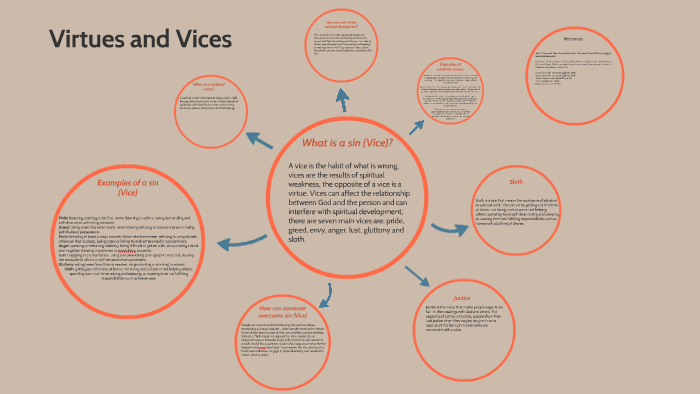
Rather than perpetually getting stuck on that one scene, use a placeholder.If nothing works, it's time to move on.Then, later on, you can go back and fill in the dialogue tags, description etc.It's even better if you highlight different characters' speech in different colors.If your scene involves dialogue, it can help immensely to write only the spoken words the first time round.Would it help to dive straight into the action without much ado? Alternatively, you may be taking too long to get to the actual point of the scene.Perhaps some description or character introspection is needed before you dive in. Perhaps you're starting too late and giving too little context.Oftentimes, a scene just doesn't work because you're not starting in the right place.9/10 times, this will make the scene flow better.If your book has multiple POV characters, it might be a good idea to switch the scene to another character's perspective.Every single time I've tried this, it worked and the scene flowed magically.I know this doesn't sound like it'll make much of a difference, but trust me when I say it does.Well, here are some things to try to get out of that rut: 1.

It doesn't flow, no matter how hard you try. “Exemplary Life,” WRC, 15-16.Every writer inevitably gets to that scene that just doesn't want to work.

Fitzgerald, “Virtue/Vice Lists,” ABD, 6:857-59. Charts 12-14 and 12-15 combine to produce a comprehensive profile of what it means to be a true Christian in terms of human ethics and moral behavior. In the New Testament, one famous list of eight divine virtues is found in 2 Peter 1:5-7, and a trenchant list of ten wicked vices is given in 1 Corinthians 6:9-10. Lists of virtues and vices are often found in scripture (as in the Ten Commandments), as well as in the moralistic writings of the Hellenistic age. Chart 12-15, on the other hand, tabulates the many vices that Christians are warned and counseled to shun.

Consulting and reviewing this list will help the meek and humble followers of Christ to grow in goodness and godliness.

But with the help of God, lives can be transformed and these attributes of divine nature can be enjoyed by the Saints. The list is long, and without the blessings of the Spirit of God no person can acquire all these many traits of righteousness. Chart 12-14, on the one hand, offers a simple listing of the numerous virtues expected of a true Christian. One may glean from the writings of the New Testament references to dozens of virtues and vices.


 0 kommentar(er)
0 kommentar(er)
